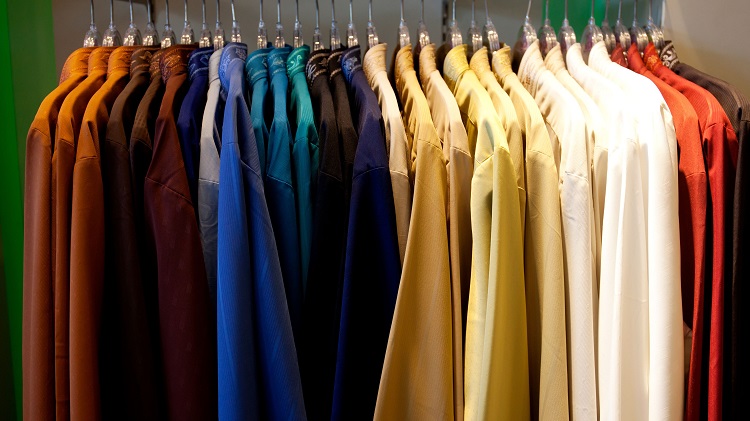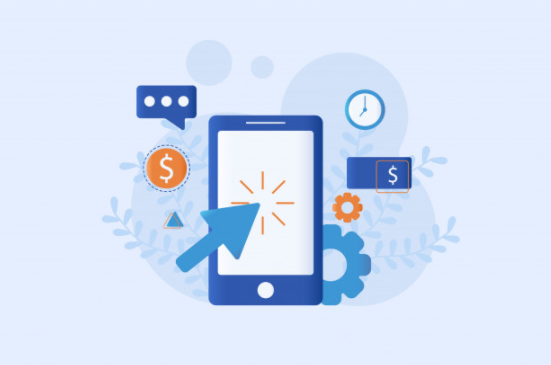Your brand must look as attractive as the clothing and accessories you offer in-store or online in the apparel market. In other words, it should instantly communicate your sense of style and taste.
Logos are critical. They can be intimidating to develop, but they are necessary for any business and serve as the foundation for any substantial business or personal brand. You want your logo to convey information about who you are and what you do, including why and how you do it. It will appear on social media posts, presentation decks, marketing materials, and business cards, among other places.
While reading the logo design tips from DesignHill, keep your brand mood in mind and spend some time considering how each logo makes you feel. Consumers trust brands that are transparent about who they are and what they do with their logo styles.
Table of Contents
What Characteristics define an Effective Apparel Logo?
The basic objective of every logo is to convey the appropriate message. Depending on the personality of your brand, your fashion clothes logo will successfully deliver your message to your target audience. It will compel your audience to take action in support of your business and produce new customers.
A good clothing logo should be simple, durable, and pleasant for the audience to watch. It should also have a favourable impression on the viewers. A great fashion notion should be reflected in the logo to provide context for what your viewers can expect from your brands. Now, let’s take a quick look at how to build an outstanding clothes logo for your shop. This will ultimately represent the creativity of your logo and will assist you in reaching new commercial heights.
The following are some Logo Design Suggestions:
Utilize Color:
Even the most corporate apparel company is still in the fashion sector, which is by definition a creative endeavour. As a designer, this should provide you with additional creative freedom when producing the ideal logo
Consider the reaction you want a customer to have when they see the logo and the colours to help you achieve it. Because colour and emotion are inextricably linked, you want to ensure that the colours you use to make the customer feel the way you want them to.
Use the correct font and typeface:
After deciding on your elements, you should begin searching for fonts and typefaces. Using a fantastic typeface that complements your element and brand identity is critical. When selecting a typeface, keep in mind that it should be legible at any size and against any background. As with your apparel logo, ensure that the font you choose is equally usable and serves the same goal. Consistently use a single typeface throughout your logo.
Additionally, it would be ideal if you pondered sufficiently to get a balance between font thickness and opacity. Always use caution with tiny parts and avoid using difficult-to-read fonts. This enables your listeners to comprehend what you’re saying with a single glance. Bear in mind that the more rapidly your audience comprehends your brand without inspecting it, the better.
Investigation and Brainstorming:
Thus, research and creativity are the first and most critical stages in creating the ideal logo. There is no way in hell to create the perfect logo on the spot, and there is no way to make your logo without first considering a concept from DesignHill. In some ways, creating a logo is similar to creating a brand name; you must look at it through the eyes of your audience and attempt to grasp what people perceive when they look at your brand.
When it comes to logo design, the golden guideline is to make it basic but appealing; often, less is more. Consider the world’s best and most recognizable logos. FedEx, Nike, and Apple are three brands that come to mind. While these logos make modest design components, they are easily identifiable and express their tone.
Conceptualize:
Now you must make several design decisions. Are you looking for a visual logo? Are you looking for a typeface with a unique or custom typography? Do you wish to combine the two? Now comes the complex (or perhaps enjoyable) part. Make a mental note of anything that comes to mind. When you first considered creating a logo for your company, try to incorporate bespoke typography.
Understand the Target Customer:
Just as it is critical to understand the business’s personality with whom you are collaborating, you must also understand the customer they are attempting to reach. This will affect the design of your logo.
For instance, Nickis sells children’s apparel and accessories. Its target market would be parents with children ranging in age from 0 to 16. A logo appropriate for that audience is distinct from one suitable for a woman in her early twenties shopping in an outlet mall.
Keep It Simple and Shareable:
A logo design should be memorable for two primary reasons. First, the design should be simple enough to be readily understandable. This is not the place to confound or make customers think. You want something they can immediately glance at, comprehend, and engage with.
Second, the design should be easily distributable. Consider how critical photographs are on social media. The logo you create should positively contribute to their social media profile and be consistent with the rest of their messaging.
Reflection:
Once you’re satisfied with the appearance of your logo, don’t be hesitant to solicit feedback unless it’s top secret or something, in which case you’re a professional and shouldn’t be reading this. This is a critical phase because you want to determine whether your font is legible, if it is typographical or whether your brand is recognizable if it is graphical.
When creating a clothing logo, keep in mind that the logo is intended for your target audience. Please do not interject your own sense of self into this discussion. Take into consideration the opinions of your colleagues, family, and friends. Work on them in accordance with the feedback you receive, because they will serve as your target audience.












